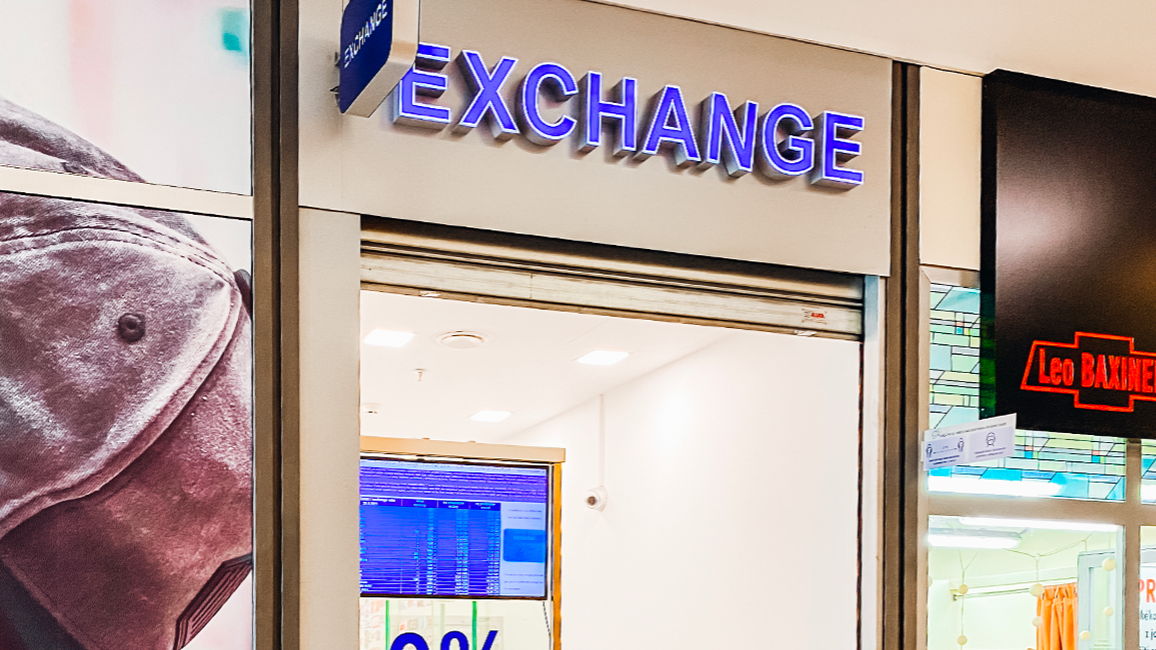 The ZC300 card printer delivers groundbreaking simplicity, security and connectivity options in a slim fit-everywhere design. Its elegant engineering eliminates virtually all pain points typically associated with card printing, making it easier than ever to print identity, access or membership cards, or credit and debit cards. The result is push-button simplicity, regardless of whether you are printing single or dual-sided cards in color or in black and white. With plug-and-play deployment, instant card feeder adjustment, intuitive icons and a graphical user interface, the ZC300 Series is easy to integrate, use, and manage. Ribbon changing is virtually fool-proof, and a revolutionary hopper design makes loading and unloading cards easier than ever. The ZC300 Series is loaded with advanced card production features. Print what you want, when you want, from just about anywhere – single or dual-sided edge-to-edge monochrome and color cards, with ribbons that offer specialty colors and special effects. Even though the ZC300 Series is built for business, it has the consumer good looks required to fit in customer facing areas – from the corporate office to the university to the retail store. And the printer cover lock provides security by preventing theft of card stock and rejected cards.
The ZC300 card printer delivers groundbreaking simplicity, security and connectivity options in a slim fit-everywhere design. Its elegant engineering eliminates virtually all pain points typically associated with card printing, making it easier than ever to print identity, access or membership cards, or credit and debit cards. The result is push-button simplicity, regardless of whether you are printing single or dual-sided cards in color or in black and white. With plug-and-play deployment, instant card feeder adjustment, intuitive icons and a graphical user interface, the ZC300 Series is easy to integrate, use, and manage. Ribbon changing is virtually fool-proof, and a revolutionary hopper design makes loading and unloading cards easier than ever. The ZC300 Series is loaded with advanced card production features. Print what you want, when you want, from just about anywhere – single or dual-sided edge-to-edge monochrome and color cards, with ribbons that offer specialty colors and special effects. Even though the ZC300 Series is built for business, it has the consumer good looks required to fit in customer facing areas – from the corporate office to the university to the retail store. And the printer cover lock provides security by preventing theft of card stock and rejected cards.
Kādi kredīta pārskaitījuma formāti pašlaik tiek atbalstīti? Vienmēr dodieties uz koplietojamo līdzeklis bibliotēku pakalpojumā Microsoft Dynamics Lifecycle Services (LCS) un skatiet visjaunāko pieejamo failu sarakstu, kuriem ir līdzeklis tipa GER konfigurācija. Nākamajā sadaļā “Kas man ir jāiestata?” ir sniegta saistīt rakstam, kurā paskaidrots, kā izveidot LCS repozitoriju, lai pārskatītu pieejamās konfigurācijas un importētu atlasītās konfigurācijas. Kas man ir jāiestata? Lai varētu izveidot kredīta pārskaitījumu failus, jūsu ER konfigurācijās ir nepieciešams importēt vismaz vienu aktīvu kredīta pārskaitījuma konfigurāciju. Norādījumus skatiet sadaļā Elektroniskie pārskati konfigurāciju lejupielāde no Lifecycle Services. Konfigurējot kreditoru maksājuma metodes, atzīmējiet izvēles rūtiņu Vispārējs Elektroniskie pārskati un atlasiet atbilstošo kredīta pārskaitījuma formātu (piemēram, ISO 20022 kredīta pārskaitījums (AT)) kā eksporta formāta konfigurāciju. Jums ir arī jāiestata juridiskās personas un bankas konta informācija. Lai izveidotu derīgus kredīta pārsūtīšanas maksājumus, ir nepieciešami bankas kontu numuri, IBAN un dažreiz SWIFT kodi (BIC) vai citi identifikatori. Tādēļ jums tie ir jāiestata gan kreditora bankas kontam, gan bankas kontam tai organizācijai, kas pieprasa pārskaitījumu. Var būt nepieciešama papildinformācija, piemēram, pievienotās vērtības nodokļa (PVN) maksātāja numurs pusēm, kuras ir minētas kredīta pārskaitījuma ziņojumā.
7.14.1. PayPal var noraidīt ierakstu, ja PayPal pēc saviem saprātīgiem ieskatiem uzskata, ka ieraksts varētu pārkāpt jebkādus piemērojamos tiesību aktus, SDD Core noteikumus vai jebkādus starptautiskus maksājumu noteikumus (ja piemērojams), vai ieraksts neatbilst prasībām, kas izklāstītas šajā Līgumā vai jebkurā attiecīgajā PayPal politikā un procedūrās. PayPal var arī noraidīt jebkuru ierakstu, ja tas jebkāda iemesla dēļ var tikt atgriezts saskaņā ar SDD Core noteikumiem vai ja Tirgotājs nepilda savas maksājumu saistības attiecībā uz jebkuru PayPal pakalpojumu. 7.14.2. Ja PayPal noraida ierakstu, PayPal par to elektroniski paziņo Tirgotājam, ietverot konkrētā defekta aprakstu. Paziņojumi par noraidīšanu ir spēkā, kad tie tiek nosūtīti Tirgotājam neatkarīgi no laika, kad Tirgotājs tos ir saņēmis. PayPal neuzņemas atbildību pret Tirgotāju par jebkura ieraksta noraidīšanu, kā tas ir atļauts saskaņā ar Līgumu, un PayPal nav pienākuma maksāt procentus par periodu, pirms Tirgotājs saņēmis paziņojumu par noraidīšanu. 7.14.3. Ja ieraksts jebkāda iemesla dēļ tiek noraidīts, Tirgotāja vienīgais pienākums ir labot ierakstu, kas paredzēts atkārtotai iesniegšanai.
Holding an account in a central bank payment system is intended to enable non-bank PSPs to place funds to meet their settlement obligations for the current business day. The balance on such accounts will therefore be limited in size and should only include funds necessary to meet such obligations. How the maximum balance will be determined will be set out in the amendment to the TARGET Guideline. Euro area national central banks that operate payment systems other than TARGET Services will develop the terms and conditions to implement access by non-bank PSPs to their national payment systems in line with the principles outlined in the Eurosystem’s harmonised policy, taking into consideration, where needed, the different risk profile compared to TARGET. In addition to amending the Settlement Finality Directive, the Instant Payments Regulation also amended the Payment Services Directive, introducing the option for non-bank PSPs to safeguard users’ funds in an account held with a central bank, subject to the discretion of that central bank. The possibility of safeguarding client funds at the central bank would be additional to the options currently available to non-bank PSPs. The Eurosystem will not provide accounts to non-bank PSPs for safeguarding users’ funds at central banks. The reasons that the Eurosystem will not provide safeguarding accounts are central bank specific, notably relating to monetary policy and financial stability. These do not apply to commercial banks. A related ECB Decision will follow in due course.